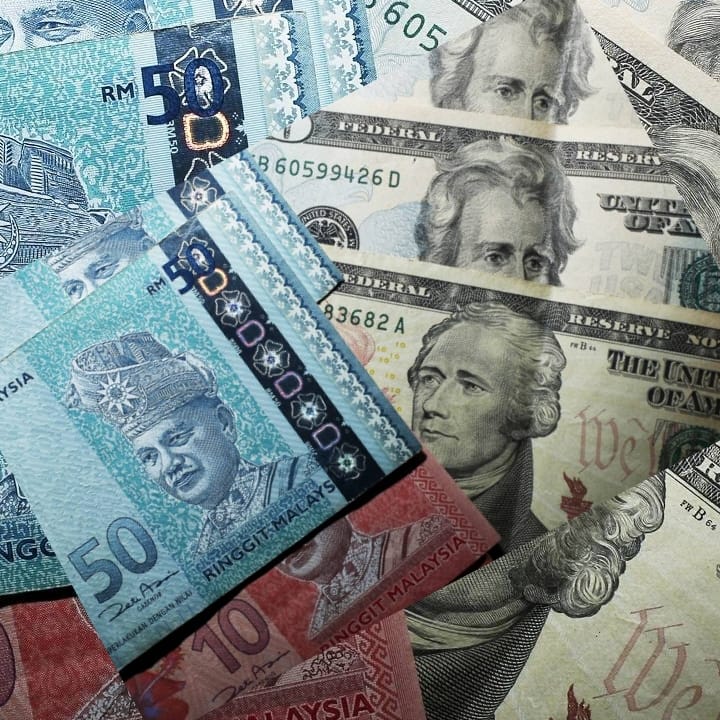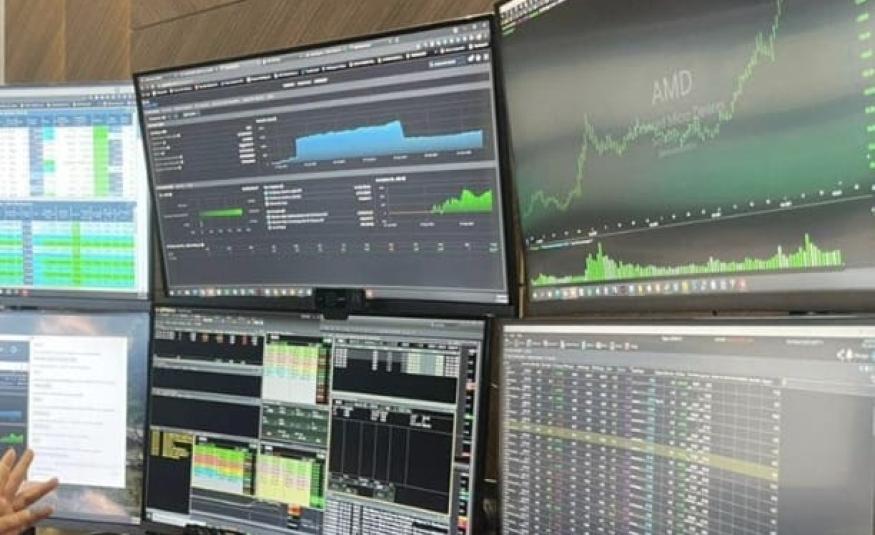Weekly economic analysis by Manokaran Mottain
MARKET
The local stock market continued its slide lower under wafer thin trading as investor sentiments continue to be subdued following the release of June 2022 inflation numbers in the US which continue to come in way above expectations.
The benchmark KLCI Index ended the week on a lower note at 1,418.44 points (-7.35 points or -0.51%) and is barely clinging onto its key technical support level of 1,420 points (support level) and is likely to fall back to 1,400 points if there are no positive catalysts in the near term. The current resistance level remains at 1,485 points.
Last Friday was possibly the slowest trading day in the local stock market over the past few years with the daily trading value barely crossing the RM1.0 billion level at the end of the day.
It is a confirmation that investors do not find any impetus to trade in equities at the moment. Therefore we should maintain a cautious approach to equities for the time being.
However, we witnessed buying activities into both the US and Malaysia’s bond markets over the past week as there were bottom fishing activities by funds in anticipation of a slowdown to the current interest rate hike cycle later this year in the face of a potential recession in 2023.
Bond yields for both the 10-year US Treasuries (UST) and 10-year MGS yields ended the week at 2.93% and 4.06% respectively. The aggressive buying of the US Treasuries over the past week widened the yield spread by 7 basis points over the past five market days and raises the yield spread between both countries’ 10-year bonds to 113 basis points.
It will be interesting to see how strong this rebound in yields continue as the US Federal Reserve is poised to raise interest rates in the next two FOMC meetings.

ECONOMY
The Federal Government has set a target to achieve a savings target of at least 5.0% from its remaining operating allocation in 2022 through the restructuring of its financial allocations.
The savings will then be channelled to fund subsidies for essential goods as well as price control measures to reduce the inflationary impact to the local citizens. In 2022, the expenditure for subsidies and assistance are projected to reach RM77.7 billion as compared to RM31.0 billion initially allocated and approved in Budget 2022.
Prime Minister Datuk Seri Ismail Sabri Yaakob disclosed that the unemployment rate among youths aged between 15 and 40 years old has dropped to 5.3% in 1Q2022 (585,000 persons) as compared to 5.9% in 1Q2021 (627,000 persons).
He added that 21.4% or seven million of the 32.7 million Malaysians are youths aged between 15 and 30 years old while those aged between 15 and 40 years old have reached almost 15 million.
The Federal Government through the Ministry of Youth and Sports, Ministry of Agriculture & Food Industries and the Department of Director General of Lands & Mines would be promoting urban farming as part of a strategy to increase youth involvement in the agro-food sector. The agro-food sector can provide lucrative income if it is well managed using the latest technologies.
The Department of Statistics Malaysia said people in the bottom 40% income levels (B40) are hit hardest by food inflation as 24.2% of their monthly expenditure goes to purchasing food as compared to 18% for the M40 and 12.6% for the T20 segments respectively.

This could potentially cause the Gini Co-efficient (a tool to measure the economic inequality within a population) to widen from the current 41.1% (by World Bank) as wages fell due to the economic challenges brought about by the COVID-19 pandemic.
The average median wage decline in 2020 was 15.6% with those having only primary school education seeing their wages contract the most at 18.3% while those with tertiary education only experienced a 10.3% drop in wages.
CURRENCY
The Ringgit continued to face selling pressure over the past week especially when the US consumer prices in June 2022 accelerated further to 9.1% y-o-y from 8.6% in May 2022.
As I have predicted last week, another strong set of inflationary numbers released in June 2022 will more or less assure that that the US Federal Reserve will raise the Federal Funds Rate by at least 75 basis points at its next FOMC meeting later this month on 26-27 July 2022.
In fact, some economists are now predicting a massive 100 basis points hike to the FFR which I think is unlikely as energy prices have been stabilizing recently.
Nevertheless, we have seen selling activities by foreign investors in the local equities market over the past week which pushed the Ringgit to end the week against the US Dollar at RM4.4470 / USD1.00 (-2.2sen).

Given the proximity to the next FOMC meeting, I am further lowering the expected trading band for the Ringgit to RM4.42 to RM4.47 as fund outflows may continue as the currency markets continue to price in a 75 basis points hike by the US Federal Reserve in the coming two weeks as it will bring the FFR rate to parity with the OPR at 2.25%.
It was another mixed week for the Ringgit against the other major currencies. The Ringgit rose against the Euro at RM4.4867 / EUR1.00 (+2.1sen), the British Pound at RM5.2780 / GBP1.00 (+4.7sen) and the Japanese Yen at RM3.2080 / JPY100 (+4.0sen).
However, the local currency lost ground against the Singapore Dollar for the second consecutive week at RM3.1770 / SGD1.00 (-1.0sen). – DagangNews.com










